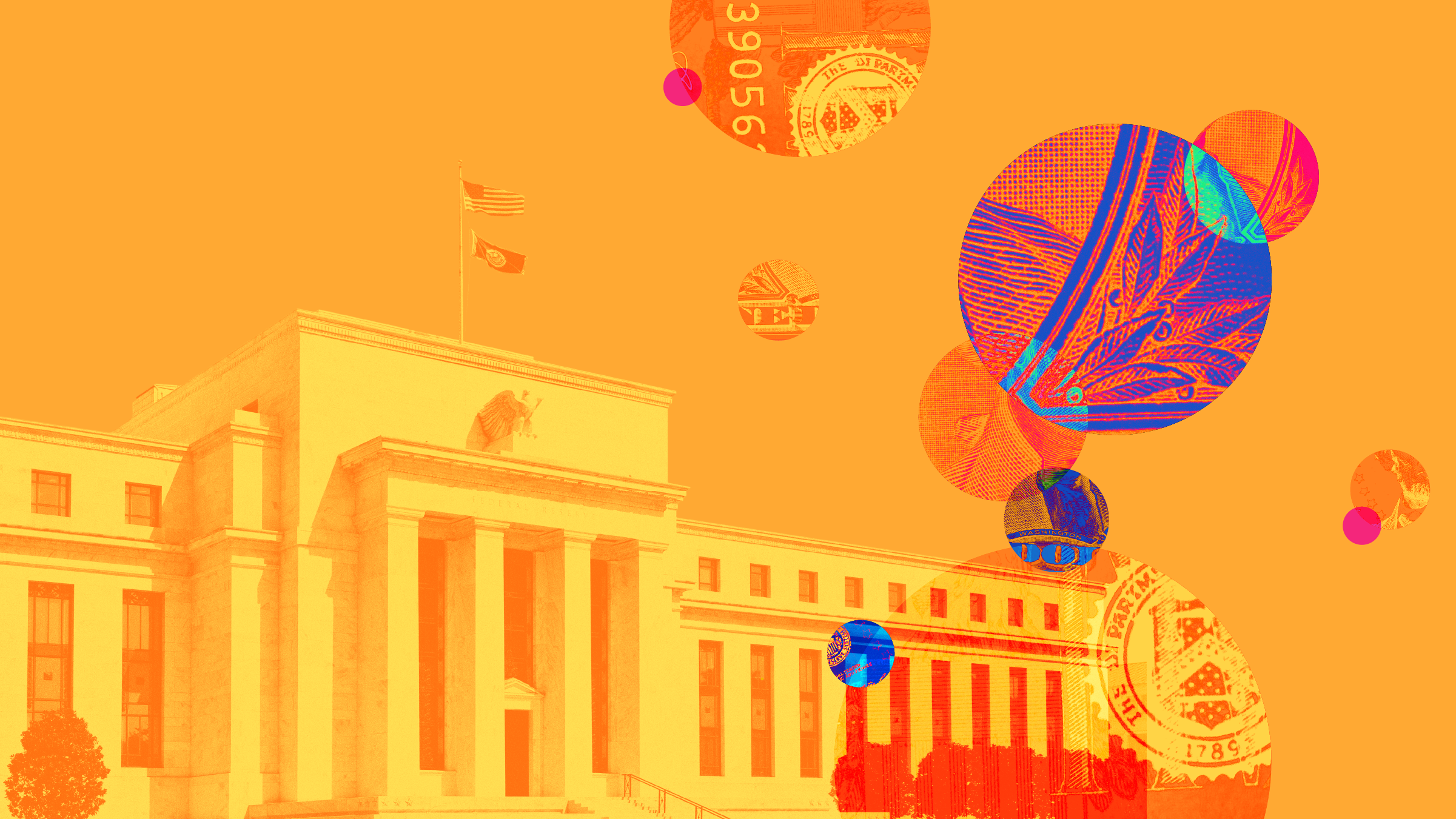Forecasts for April CPI Report Show Continued Sticky Inflation
Gas prices and services costs to keep inflation above the Fed’s target for the month.

Economists forecast that the April Consumer Price Index report will show inflation remaining stubbornly above where Federal Reserve officials would like to see it, largely thanks to higher gas prices and elevated upward pressure on prices from the services sectors.
While goods inflation has returned to prepandemic levels, services inflation has remained high. According to Michael Pugliese, senior economist at Wells Fargo: “The trajectory is still down, but it’s been a more gradual downward move relative to the expectations coming into 2024.”
The April CPI, due to be released Wednesday morning, is forecast to show a 0.4% increase from the month before—the same reading in the March report. That would decrease the annual inflation rate to 3.4% in April from 3.5% in March. Meanwhile, core CPI, which excludes highly volatile food and energy prices, is predicted to decline to 0.3% from 0.4% in March.
Against this backdrop, the Fed is expected to keep interest rates high until late 2024 unless inflation sees renewed improvement. While the April report is anticipated to show some progress here, “it will not be enough of a moderation to provide much confidence to the Fed in our view,” economists at Bank of America wrote last week.
March CPI Report Highlights
- CPI report release date and time: Wednesday, May 15 at 8:30 a.m. EDT.
- The CPI is forecast to rise 0.4% in April after increasing by 0.4% in March.
- Core CPI is forecast to rise 0.3% in April after rising 0.4% in March.
- The CPI year over year is forecast to rise to 3.4% in April from 3.5% in March.
- The core CPI year over year is forecast to rise to 3.6% in April from 3.8% in March.
The slow progress against inflation and the still-robust jobs market reflect how Fed rate hikes have been slow to filter through to the economy, according to Andrew Szczurowski, co-head of the mortgage and securitized investment team at Morgan Stanley. He says the United States avoiding a recession while inflation falls slower than expected are two sides of the same coin; due to consumers and businesses locking in lower fixed-rate debt, hikes have been cooling off the economy more slowly. “The Fed’s tools are going to take longer [to act] because the US economy was so prepared for a higher rates cycle,” he explains.
Gas Prices Should Boost April CPI
Overall inflation was likely lifted by higher gas prices in April, according to Bank of America. Economists at the firm forecast a 1.3% rise in energy prices from March. “The good news is that gasoline prices have fallen in May as geopolitical risks to higher oil prices have eased for the time being,” they wrote. They anticipate a 0.3% rise in the CPI, both overall and excluding food and energy.
Pugliese highlights auto insurance as one of the areas where inflation has been particularly hot. Car insurance prices rise after car prices rise, and insurance companies must price in the rising value of what they’re insuring. Services inflation “has been pretty broad-based,” he explains, and he cautions against focusing too much on any one statistic, or even any one report.
At Goldman Sachs, economists forecast the CPI to clock in at just under a 0.4% overall increase and 0.3% at the core level. They expect health insurance costs to flatten while airfares and used-car prices fall. They predict core CPI inflation to remain in the 0.25%-0.30% range in the coming months before slowing to roughly 0.20% by year-end. “We see further disinflation in the pipeline in 2024 from rebalancing in the auto, housing rental, and labor markets, though we expect offsets from continued catch-up inflation in healthcare, car insurance, and housing,” they wrote.
CPI vs. Core CPI
Fed Rate Cuts Seen Coming Later in 2024
Szczurowski notes that, based on the steeper drops in inflation, going into 2024, markets were pricing in six or even seven rate cuts for the year. However, now they’re pricing in one or two. According to the CME FedWatch tool, bond futures traders see a 33.3% chance of one quarter-point cut in the federal-funds rate by year-end and a 36.0% chance of two such cuts. The current fund rate target of 5.25%-5.50% has been in place since July 2023.
Pugliese says that even a lower-than-expected CPI this week won’t move the Fed to cut, but it would be a start. “It’s gonna take a minimum or three or four soft [inflation] reports before I think they’re ready to cut rates—unless, of course, the job market really comes apart.”
He adds that, unlike in 2020, when high unemployment made rate cuts obvious, and in 2021, when inflation was much higher and made rate hikes the clear choice, the Fed’s path is not so clear. With employment reasonably strong but weakening slightly, while inflation is higher than the Fed’s target but slowing, there’s much more uncertainty as to what the right thing for the Fed to do is. Pugliese describes the central bank as “stuck in that holding pattern as [they] await more data and try to figure out, ‘Okay, maybe the labor markets are in stronger shape than we thought, let’s focus more on inflation,’ or vice versa.”
The author or authors do not own shares in any securities mentioned in this article. Find out about Morningstar’s editorial policies.


/cloudfront-us-east-1.images.arcpublishing.com/morningstar/VUWQI723Q5E43P5QRTRHGLJ7TI.png)
/cloudfront-us-east-1.images.arcpublishing.com/morningstar/CBGXB44AUBHWHKWNTURURHQIHE.jpg)